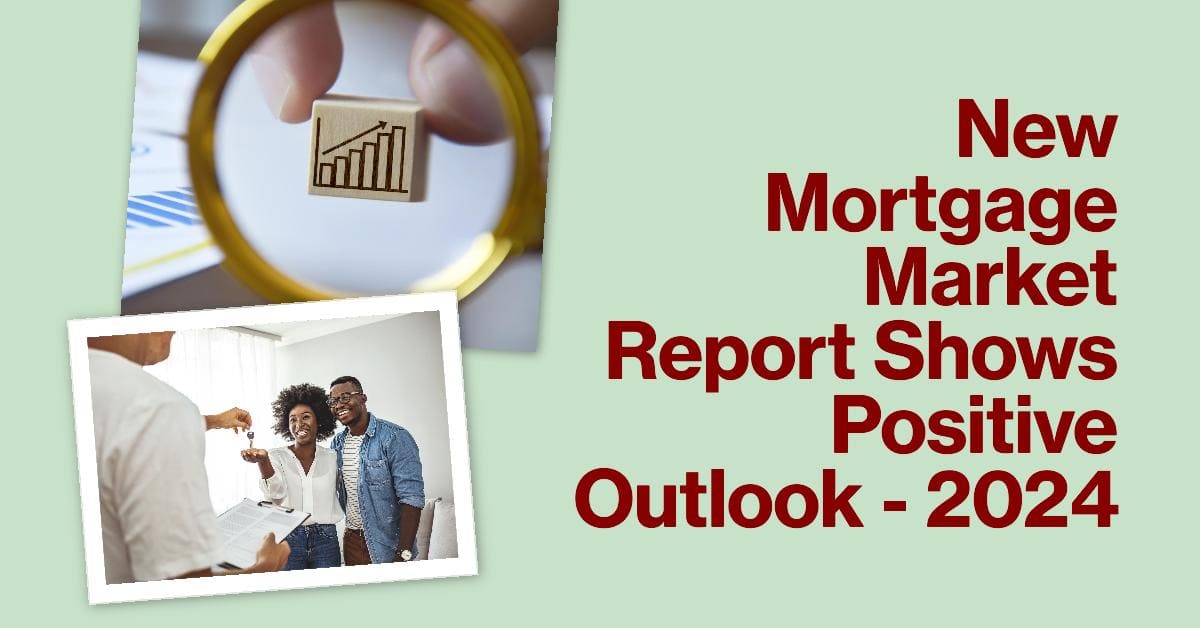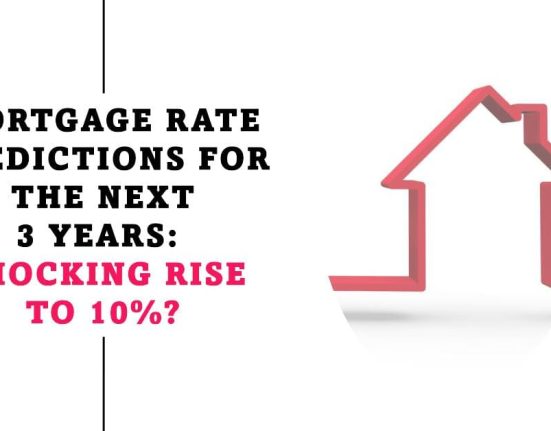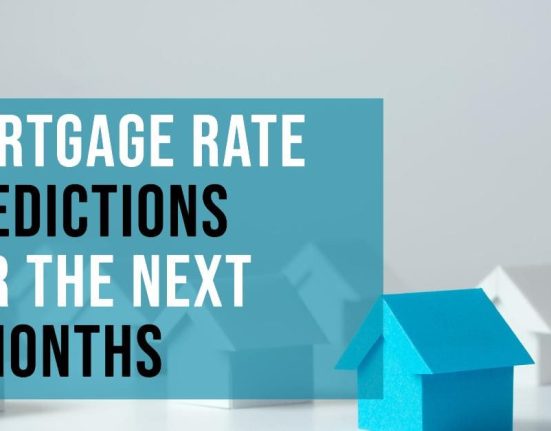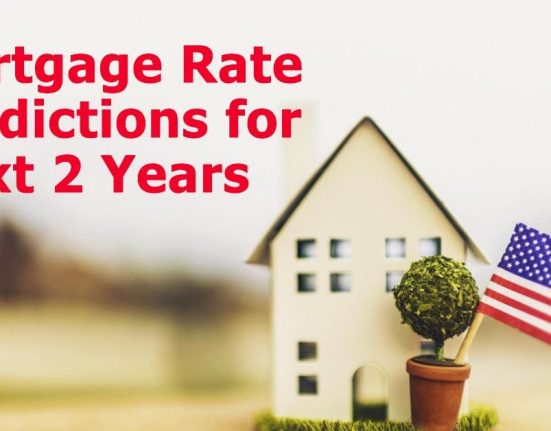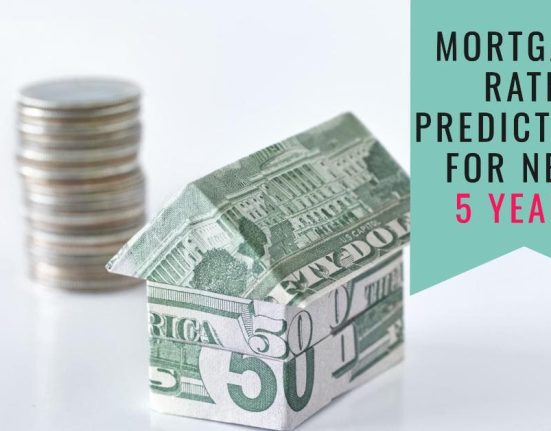Confused about buying a home in 2024? This Mortgage Market Update explores rising rates, potential risks, & why the outlook might still be positive. The US housing market in March 2024 presented a complex picture. Interest rates remained elevated compared to historical norms, but there were signs of both resilience and potential trouble on the horizon.
Let’s delve deeper into the data from Freddie Mac’s Primary Mortgage Market Survey® and insights from the Mortgage Bankers Association (MBA) to understand these trends. Interest rates remained elevated compared to historical norms, but there were signs of both resilience and potential trouble on the horizon. Let’s delve deeper into the data from Freddie Mac’s Primary Mortgage Market Survey® and insights from the Mortgage Bankers Association (MBA) to understand these trends.
Holding Steady: Rates and Mortgage Applications
The average mortgage rate for March 2024 stood at 6.8%, according to Freddie Mac. This is significantly higher than rates experienced in recent years, but it hasn’t completely stalled mortgage activity. In fact, overall mortgage applications witnessed a 3.9% increase compared to the previous month. This rise was driven primarily by a 5.9% surge in refinance applications, suggesting that some homeowners may have been motivated to lock in these rates before they climb further. Purchase applications also saw a modest increase of 3.2%, indicating continued interest from potential homebuyers despite the affordability challenges posed by higher rates.
A Cause for Concern: Rising Delinquency Rates
While overall mortgage delinquency rates remain below historical averages, Freddie Mac reported a slight uptick in Q4 2023. The total delinquency rate climbed to 3.9%, a 26 basis point increase compared to the prior quarter. This suggests an increase in the pace of new delinquencies, as well as existing loans transitioning into later delinquency stages. The report further highlights a rise in delinquencies across various loan types:
- Conventional Mortgages: Delinquency rates for these loans rose slightly, from 2.5% to 2.6% between Q3 and Q4 2023.
- FHA Loans: Loans insured by the Federal Housing Administration (FHA) saw a more significant jump, with delinquency rates climbing from 9.5% to 10.8% in the same period.
- VA Loans: Veterans Administration (VA) loans experienced the most substantial increase, with delinquency rates rising 31 basis points to 4.1% in Q4 2023.
It’s important to note that these delinquency rates are still lower than historical averages. However, the upward trend warrants close monitoring, especially considering the economic headwinds. Delinquency rates are a key indicator of potential defaults, and an increase could signal financial stress among borrowers. This could be due to various factors, such as rising interest rates putting a strain on household budgets, or job losses impacting borrowers’ ability to make mortgage payments.
A Look Ahead: Mixed Signals for the Mortgage Market
Freddie Mac’s outlook for the 2024 mortgage market presents a mixed picture. On the one hand, they anticipate a slight increase in the total dollar volume of mortgage origination. This is primarily driven by the expectation of rising home prices. However, subdued home sales and a high proportion of cash purchases are expected to limit the growth in purchase origination volume. Refinance activity is also projected to remain low unless there’s a significant drop in mortgage rates. With many homeowners already locked into historically low rates, they are unlikely to refinance unless rates become much more attractive.
Positive Outlook with Downside Risks
While Freddie Mac’s baseline forecast remains positive, there are some significant downside risks to consider. Inflation continues to be a major concern, and the Federal Reserve’s ability to control it through rate cuts will be crucial. If the Fed delays or avoids rate cuts due to persistent inflation, the weakening credit performance observed in auto loans and credit cards could spill over to mortgages, potentially leading to a rise in delinquencies. However, Freddie Mac’s baseline forecast doesn’t predict this scenario.
Impact on Homebuyers and Homeowners
The current market environment presents both opportunities and challenges for homebuyers and homeowners alike. For homebuyers, higher interest rates translate into higher monthly mortgage payments, impacting affordability. This may lead to a more competitive landscape for homes, with fewer bidding wars but potentially a longer search for the right property.
Homeowners who locked in lower rates in the past may be feeling more secure in their financial positions. However, rising interest rates could have a ripple effect on the broader economy, potentially impacting job security and overall household wealth. For these homeowners, staying informed about economic trends and potential adjustments to their budgets may be prudent.
In Conclusion
The US housing market in March 2024 was characterized by a mix of resilience and potential concerns. While mortgage applications remained steady and delinquency rates are still historically low, the upward trend in delinquencies and the ongoing battle with inflation require close attention. Understanding these trends is crucial for both homeowners and potential buyers navigating this dynamic market environment. By carefully considering their financial situations and long-term goals, homebuyers and homeowners can make informed decisions in this ever-changing market.

